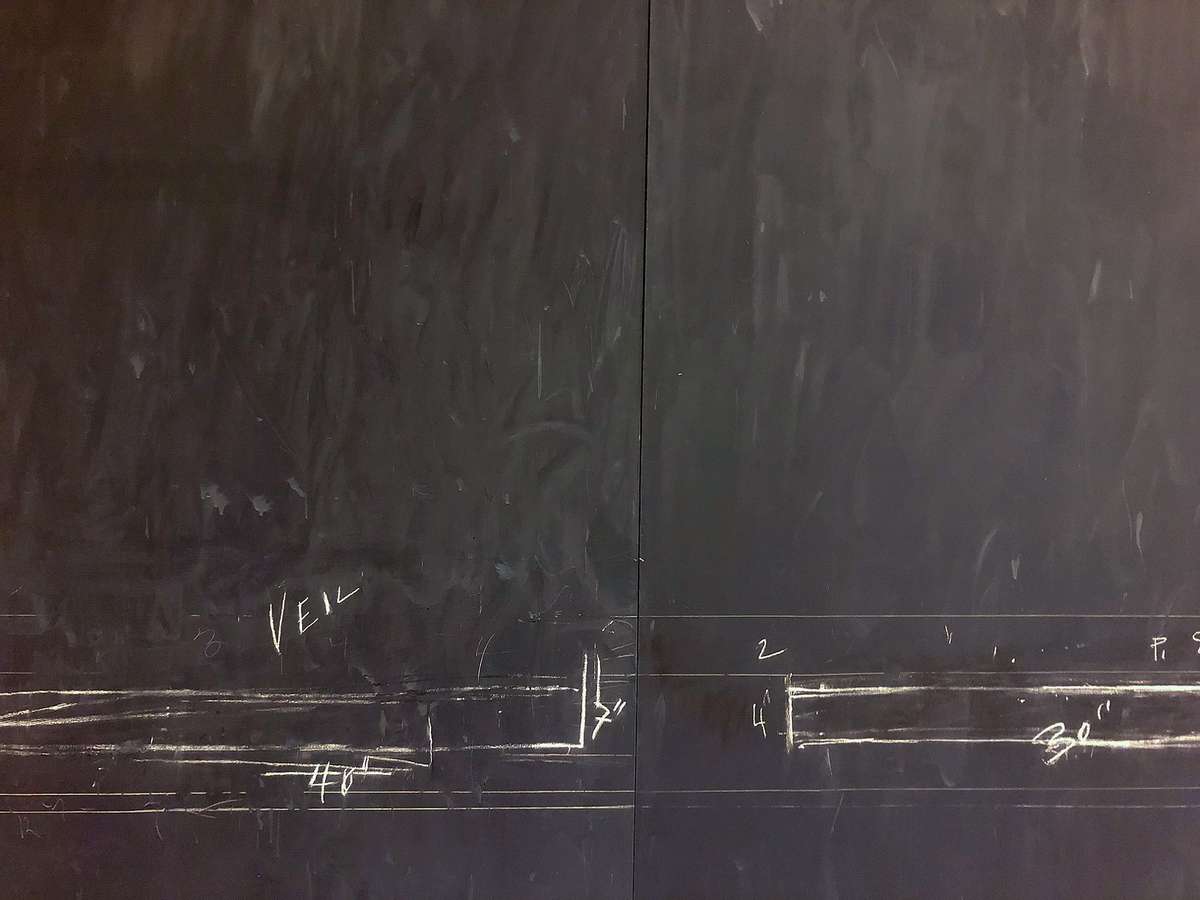
My Kid Could Do That
Looking at Twombly
i.
I have this idea the work of Cy Twombly is most often the reason why flabbergasted art viewers might make use of the well known retort: My kid could do that. Is Cy Twombly an acquired taste? Are there pre-requisites to an appreciation of his work? Is his work like the album you listen and listen to and then suddenly, on the fourth or fifth or sixth listen, you hear it?
One day I put it together that what I liked about his work, what moved me, was a sense of purity. A dangerous word, I admit. Purity of the creative act relative to the fundaments of drawing and painting — activities which Jeff Wall has described as something inseparably human1, linked to our biology as organisms with hands and eyes and a brain that is able to visually backwards-engineer a volley of mark-making toward the physical act that was necessary to produce it.
Twombly’s work is certainly abstract and expressionist, but often driven by texts that for him left an emotional aftermath. From what I understand about art history, this is a technique with which Clement Greenberg would not have approved. And yet Twombly’s scrawled texts are shapes and forms, too. They are drawings that do not necessarily only appear as caption, explanatory note, title or data. They function as visual elements in the larger composition, so that the difference between text and image hovers without fully disappearing. He writes a sentence and it looks like a drawing. He draws and you read meaning through the marks. It’s like looking at the difference between the words scrawl and script, flickering back and forth like a failing, flourescent lightbulb.
ii.
There is a path through a wild, deep-soiled thicket of being alive that passes between all the art history -isms — when we still had those — of a given time. Cy Twombly seems to have taken that road. He moves me like no other except, of course, all the other artists that move me, too. He seems original, or at least someone who was able to tap into something elemental about what it means to mark a surface, whether it’s the written page — what is that? Is the material criteria set? — or a concrete wall by the freeway. Each canvas of his appears to be nothing, then a notepad, then the trail of someone feeling out loud in silence.
iii.
In my mind, there are two criteria of art, put to words by Francis Bacon, that the work of Twombly fulfills. Twombly deepened the game of art-making2 — in his case, painting. It’s hard, but he did it. His work also achieves that strange, and unsurprisingly sexual, criteria that Bacon described many times as an “opening of [the] valves of sensation” which then “brings the viewer more violently back to life”3, to the experience of being in the middle of it, even in the calm of an ordered museum with the smell of coffee and baked goods around the corner.
I sit looking at one of my many favorite paintings while other visitors move past. Some stop, look for a moment, then move on without even a parting, collector’s shot with a smartphone. So much for objectivity. So much for your so-called heart.
To fathers and mothers, I would say: yes, your child can do this. So why the law degree?
1. “I think that painting is a permanent part of art, just like drawing is, because we have the kind of hands that we have, because we have the kind of eyes that we have. We’re always going to have drawing, and by extrapolation, painting. It’s a consequence of what we are as organisms.” – Jeff Wall (David Shapiro, Interview with Jeff Wall, 1999)
2. “…all art has now become completely a game by which man distracts himself…what is fascinating now is that it’s going to become much more difficult for the artist…because he must really deepen the game to be any good at all.” – Francis Bacon (Adam Low, Bacon’s Arena, 2006)
3. Adam Low, Bacon’s Arena, 2006